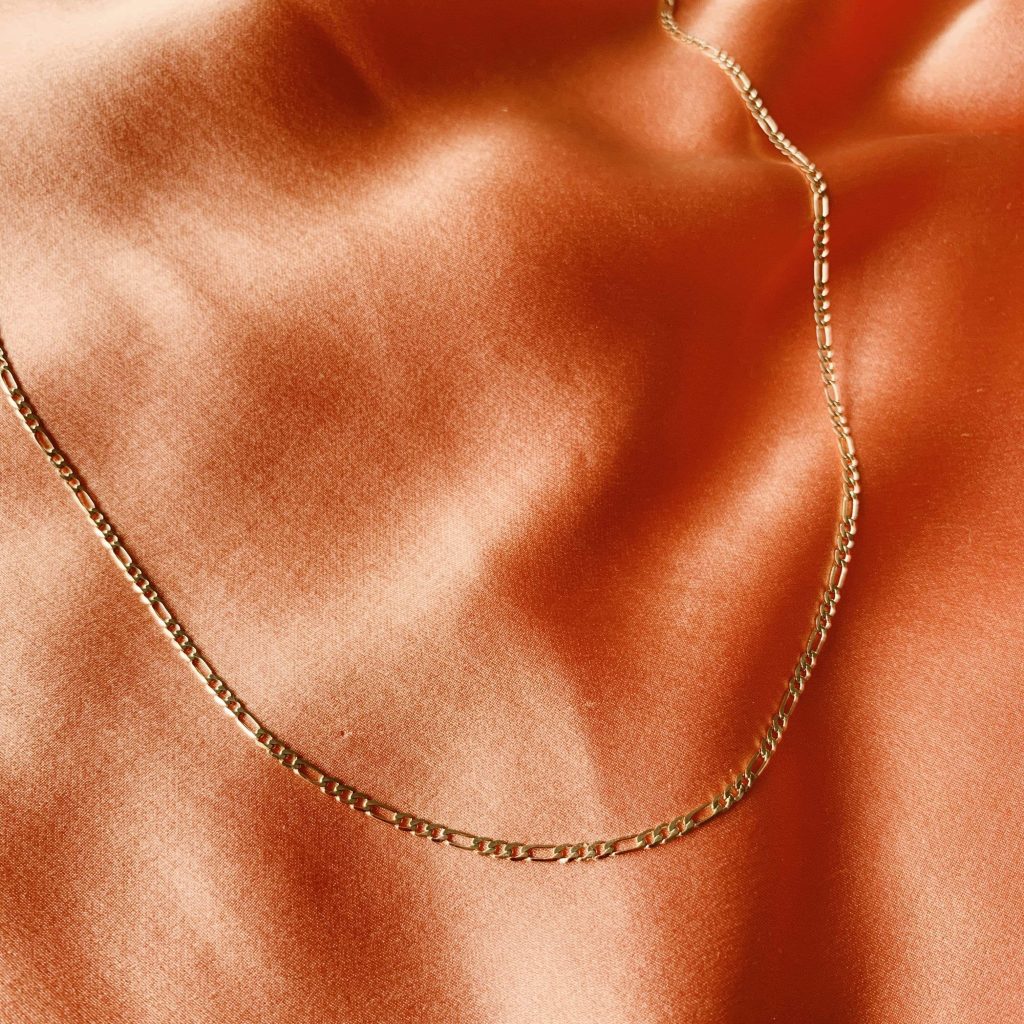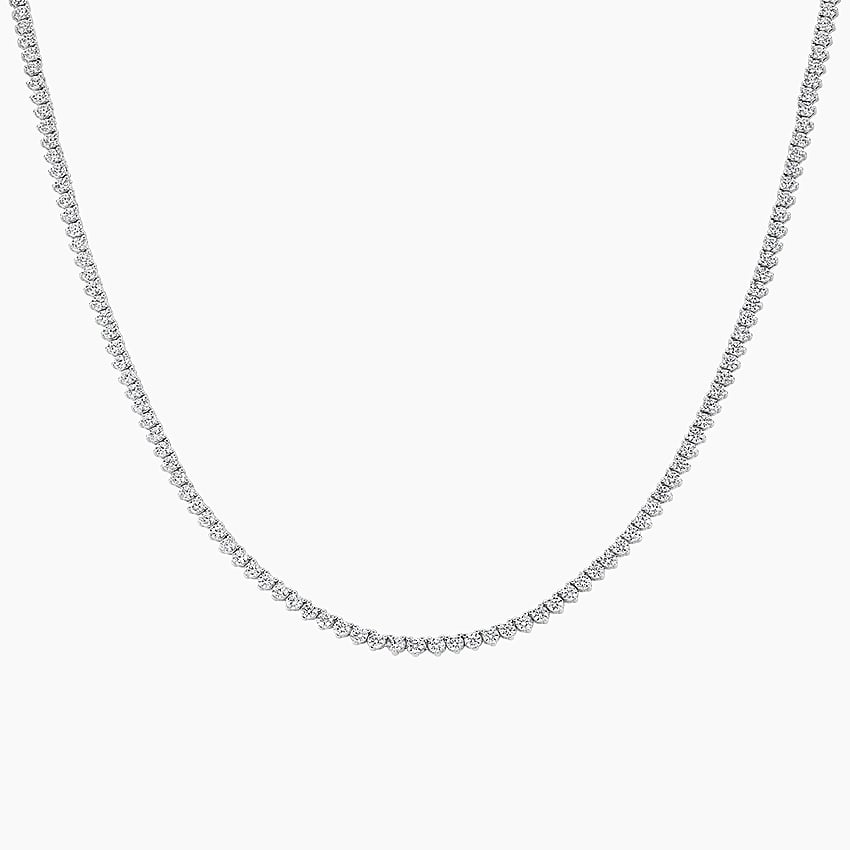How to fix broken necklace?
Assessing the Damage to Your Necklace Chain
How to fix broken necklace? Before tackling how to fix broken necklace issues, it’s crucial to assess the damage accurately. Start by gently laying out the necklace on a flat surface. Look for any signs of damage such as twisted links, broken clasps, or snapped chains. Pay close attention to the type of break – a clean snap may require a different fix than a twisted or stretched link. Keep in mind the material of the necklace, as this will determine the best repair method. For instance, gold and silver chains may need soldering, while costume jewelry might be fixable with glue or wire wrapping.
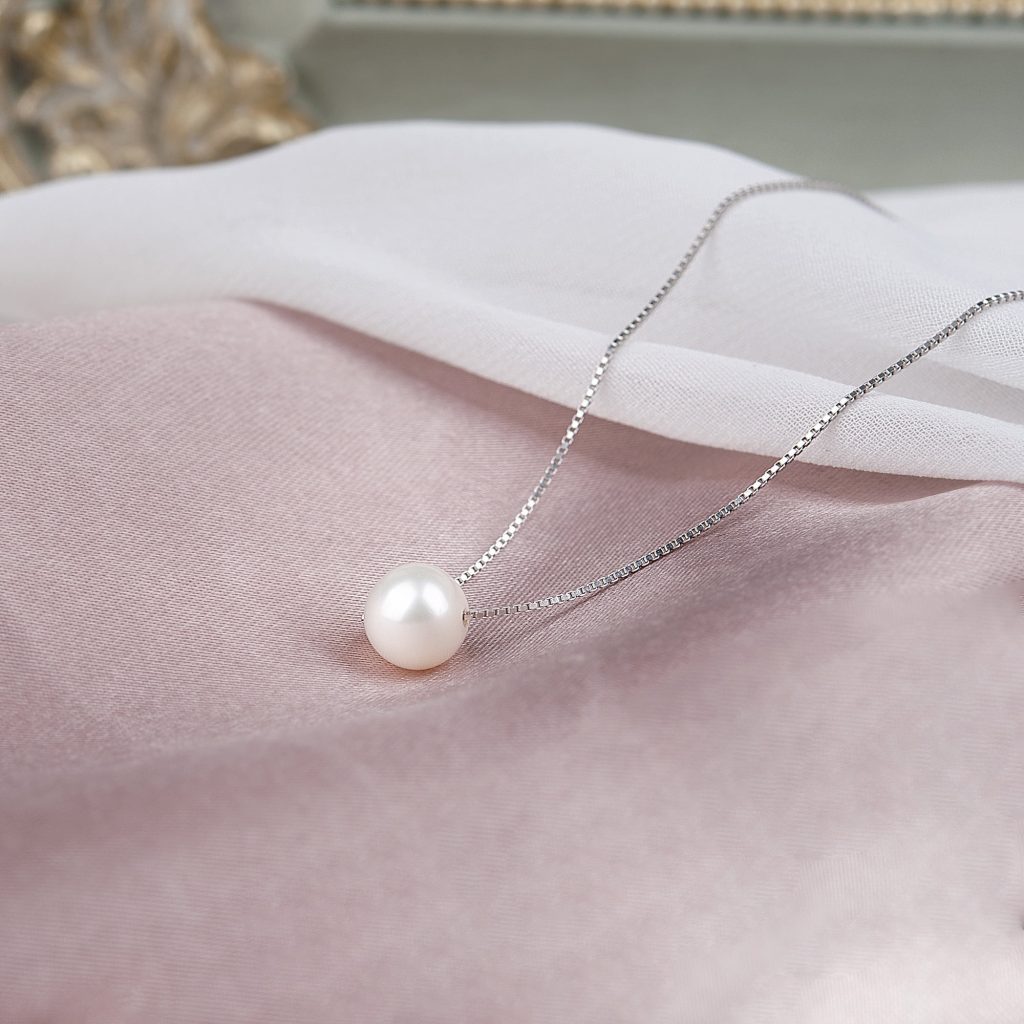
Inspecting carefully will help you decide if it’s a DIY fix or if you need professional help. If you’re uncertain, consult a jeweler to avoid causing further harm. Remember, the first step to repair is understanding what you’re dealing with.
Tools Needed for Necklace Repair
How to fix broken necklace? When it comes to repairing a pearl necklace mean, having the right tools is essential. You’ll need various tools depending on the repair method you choose. Here is a list of some common tools you might need:
- Needle-nose pliers: These are great for gripping small parts and for bending wires.
- Wire cutters: Necessary for cutting wires or removing damaged chain links.
- Soldering iron or torch: If soldering is the chosen repair method, this tool is essential.
- Magnifying glass: Helpful when working with intricate parts or if you need to glue tiny areas.
- Tweezers: Useful for holding small components in place while you work on them.
- Jeweler’s file: To smooth down any rough edges after repair work is completed.
- Soft cloth: To clean the necklace chain before and after the repair.
These tools will help you to carefully and effectively restore your necklace. Remember, delicate chains may need a gentle touch, so proceed with caution. If you’re unsure about using any of these tools, consider seeking help from a professional jeweler for the best results.
Step-by-Step Soldering Techniques for Chain Repair
Repairing a broken necklace with soldering is a delicate but effective technique. Here’s a simple guide on how to fix a broken necklace through soldering:
- Gather Your Tools: Before you start, ensure you have a soldering iron or torch, solder, flux, a pick, and tweezers.
- Prepare the Workspace: Set up a heat-resistant surface and keep your tools within reach.
- Clean the Chain: Use a soft cloth to clean the broken ends of the chain. Removing dirt and oil is a must for a strong solder.
- Apply Flux: Flux prepares the metal for soldering. Apply it to the ends of the chain where it’s broken.
- Cut the Solder: Snip a small piece of solder wire to use on the chain link.
- Heat the Chain: Use the soldering iron to gently heat the chain’s broken ends. Do not overheat.
- Place the Solder: With tweezers, position the solder piece where the chain is broken.
- Melt the Solder: Heat the solder until it melts and flows to connect the chain ends. Keep the heat even and steady.
- Let It Cool: Remove the heat and let the soldered joint cool down. Do not touch it while it’s hot.
- Check the Bond: Ensure the soldered link is secure.
- Clean Again: Polish the repaired area with a soft cloth to remove any residue.
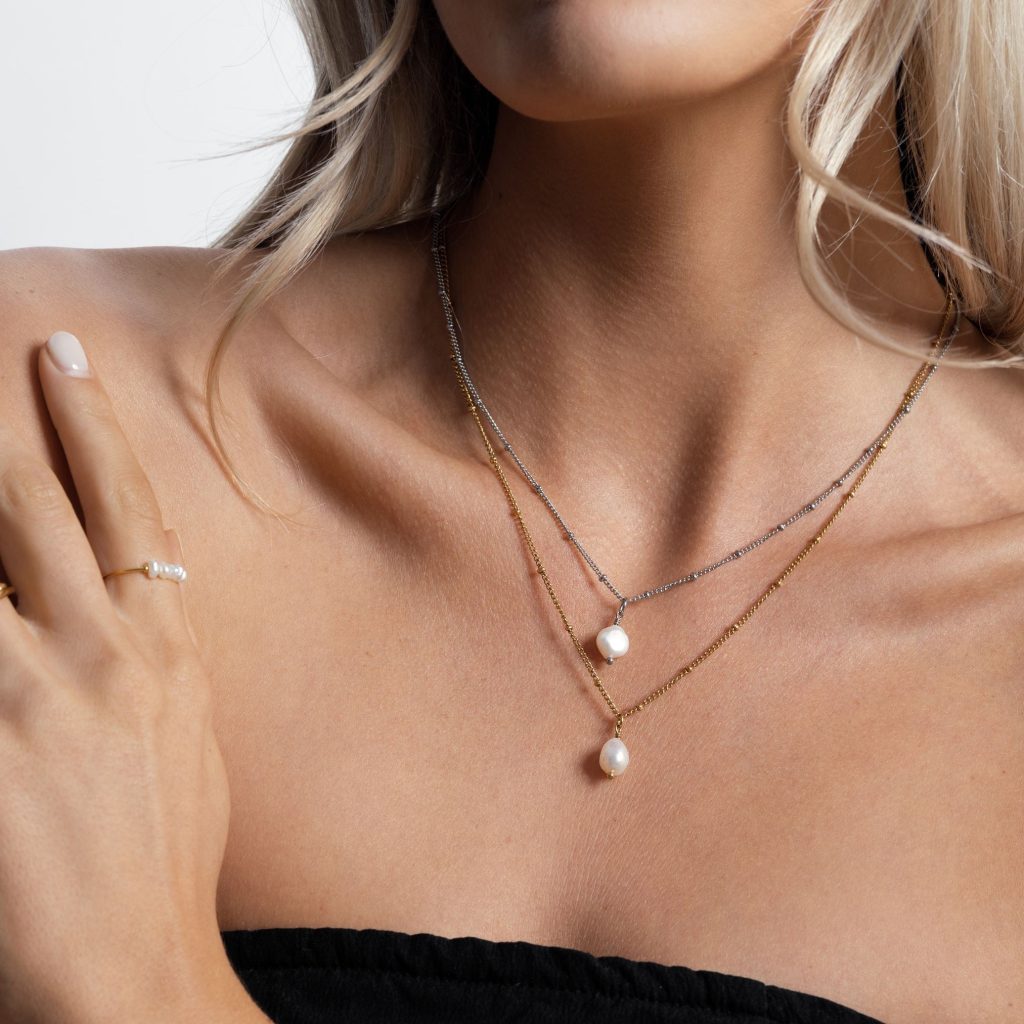
Using these steps can help you restore your necklace chain back to its original state. Remember to handle the chain with care. If you struggle with any step, consult a professional jeweler for help.
Wire Wrapping for Necklace Restoration
Wire wrapping is a handy skill for fixing a broken necklace. Follow these simple steps for restoration:
- Gather Your Supplies: You’ll need wire cutters, pliers, and suitable wire.
- Cut the Wire: Measure and cut a piece of wire longer than the damaged section.
- Thread the Wire: Loop the wire through the chain’s last link on one side.
- Twist the Wire: Use pliers to twist the wire until it holds the link securely.
- Repeat on Other Side: Do the same on the other side of the broken link.
- Check for Security: Make sure the wire is tightly wrapped and the chain secured.
- Trim Excess Wire: Use wire cutters to remove any extra wire sticking out.
- Smooth the Ends: With pliers, press down any sharp wire ends.
By wire wrapping, you can prolong the life of your chain necklace. It’s a simple fix you can do at home with a few tools. Wire wrapping might not match soldering’s strength, but it can save a necklace from being discarded. Remember to handle your jewelry gently during repair to avoid further damage. If you’re unsure or the break is severe, consider taking it to a professional jeweler.
When to Use Glue for Mending a Broken Necklace
Glue is best for minor, simple fixes on your broken necklace. When the break is clean, and the pieces fit snugly together, glue can be the quick solution you’re looking for. It’s important to select the right type of glue for the material of your necklace — for metal, a strong epoxy or superglue is ideal, while for delicate beads or stones, a more gentle adhesive is necessary. Here’s when and how you can use glue:
- Clean Both Ends: Ensure the broken edges of the necklace are clean and dry.
- Select Appropriate Glue: Choose a strong adhesive suited for jewelry repair.
- Apply Glue Carefully: Use a toothpick or a fine applicator to apply a small amount of glue to one edge.
- Press Together: Join the broken pieces and hold firmly for the time specified by the glue manufacturer.
- Allow to Cure: Set the necklace aside to let the glue dry completely, which may take several hours.
- Check the Bond: Once dry, gently test the repair to ensure it holds up.
Remember not to rely on glue for heavily stressed parts or weight-bearing repairs. For long-term wear and durability, other methods like soldering or professional repair might be better suited. If a clasp is involved or the chain is under constant tension, gluing might not suffice. Always consider the type of necklace and the nature of the break when deciding to use glue for mending.
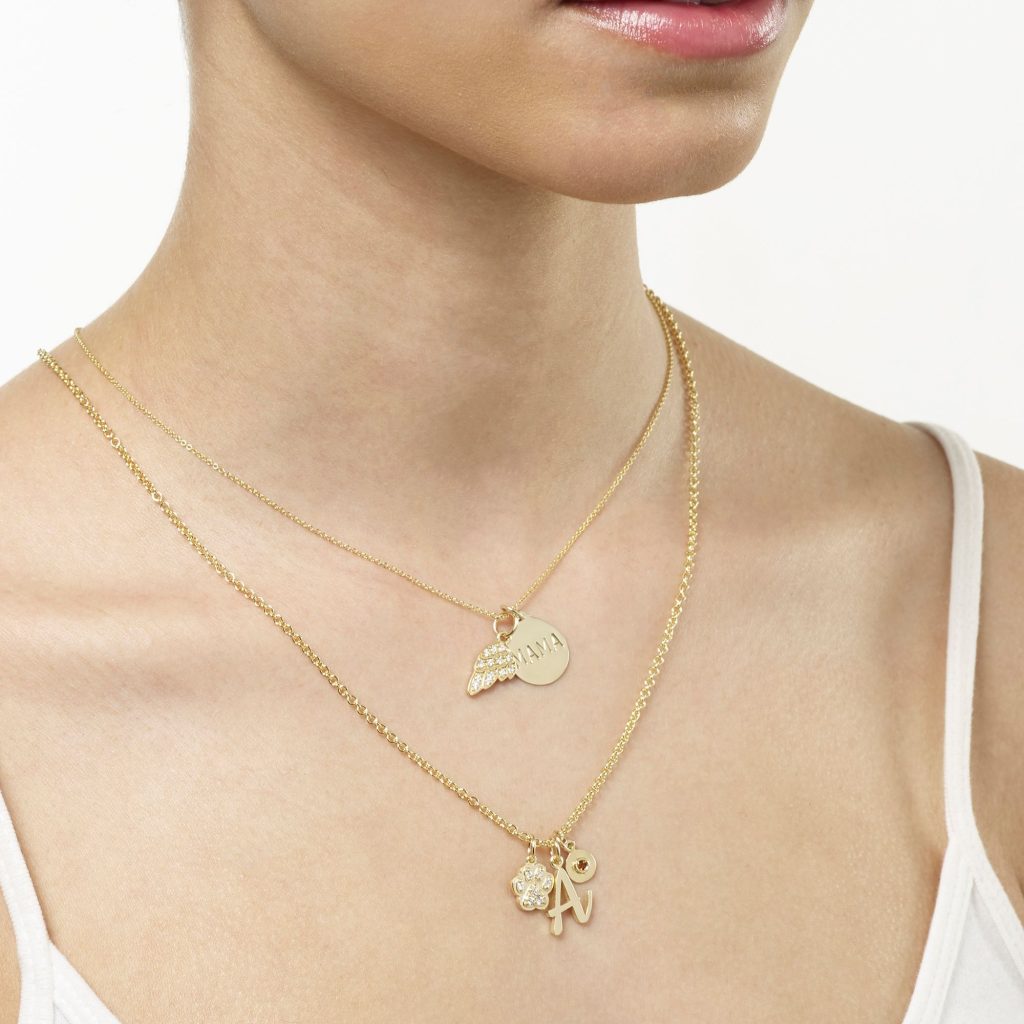
Replacing a Broken Clasp on Your Necklace
When the clasp breaks, your Seashell Necklace may not be wearable. Yet, fixing it is often a straightforward task. Here’s how to do it:
- Get a New Clasp: Find a clasp that matches your necklace’s style and color.
- Remove the Old Clasp: Use pliers to gently open the jump ring or tab. Slide off the old clasp.
- Attach the New Clasp: Slide the new one onto the jump ring. Close the ring firmly.
- Secure the Closure: Make sure the jump ring is closed tight to avoid the clasp slipping out.
- Test the Clasp: Ensure it opens and closes smoothly without excessive force.
This repair can ensure that your necklace remains functional, safe, and secure. If you find the clasp too small to handle, seek professional help.
Preventive Measures: Avoid Future Necklace Breakages
To prevent future breakages, handle your necklace with care. This section outlines tips to avert damage and keep your necklace intact.
- Gentle Wear and Tear: Avoid pulling or tugging on your necklace. This can help maintain the integrity of the chain and avoid undue stress.
- Store Properly: Keep your necklace in a jewelry box or pouch. This can protect it from scratches and tangling.
- Regular Inspection: Check your necklace often for weak links or worn clasps. Early detection can prevent a break.
- Remove Before Activities: Take off your necklace before exercising or doing heavy work. Sweat and strain can damage the chain.
- Professional Cleaning: Have your necklace professionally cleaned occasionally. This keeps the metal strong and the clasp functioning well.
- Avoid Chemical Exposure: Keep your bead bracelets away from chemicals. This includes perfumes, lotions, and cleaning agents.
These tips will help you cherish your necklace for years. If you encounter a break despite these measures, revisit the repair methods discussed earlier.
Professional Help vs. DIY Repair: Understanding When to Seek Assistance
When your necklace breaks, deciding between DIY repair or professional help can be challenging. Here’s how to determine the best course of action:
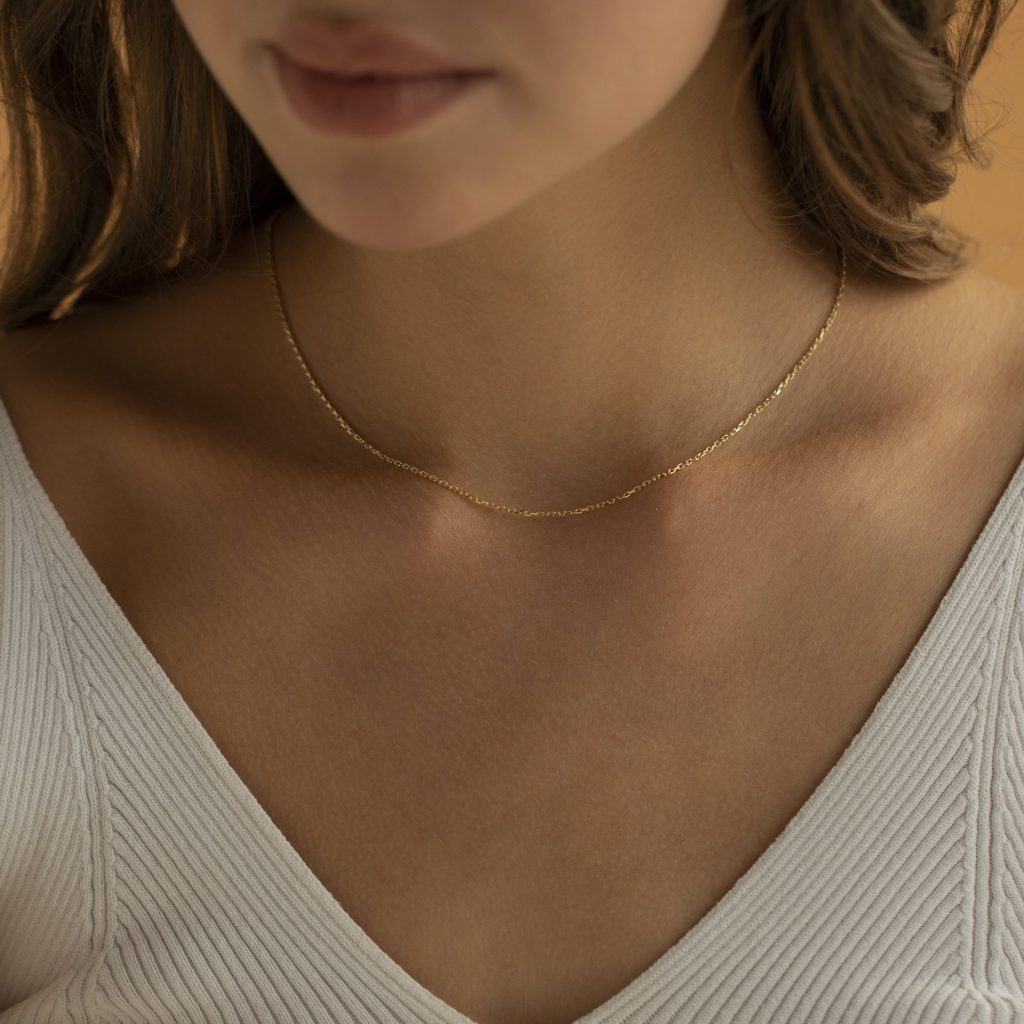
Recognize the Complexity of the Damage
Assess the issue carefully. If the damage seems minor and you have the necessary tools, a DIY fix might work. However, if the break involves intricate parts or you’re dealing with precious metals, consider seeking a jeweler’s expertise.
Evaluate Your Repair Skills
Consider your skill level. If you’ve successfully done similar repairs before, you might feel confident enough to attempt it. But if you’re unsure, avoid risking further damage and go to a professional.
Understand the Value of the Necklace
If the necklace holds significant monetary or sentimental value, it’s often wiser to opt for professional repair. Jewelers have specialized tools and techniques to ensure a proper fix.
DIY Can Be Cost-Effective But Risky
Repairing your necklace by yourself can save money, but make sure you’re not in over your head. A botched repair could end up costing more if it requires a professional fix later.
Professional Repair Ensures Quality
Professionals guarantee quality and usually offer a service warranty. If the necklace is a treasured piece, their expertise can give you peace of mind.
Consider the Time Investment
Time is valuable. DIY repair might take longer than you expect. Professionals usually offer quicker turnaround times due to their experience.
How to fix broken necklace?vWhen faced with a broken necklace, weigh these points to make the best decision. DIY repairs can be satisfying and cost-effective, but they come with risks. Professional help, on the other hand, provides expertise and assurance. Choose the option that aligns with the complexity of the repair, your skills, and the necklace’s value.
